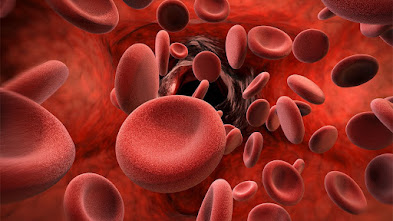Polymerase Chain Reaction

Polymerase Chain Reaction (PCR): Unveiling the Blueprint of Precision DNA Amplification In the world of molecular biology, few techniques have had as profound an impact as the Polymerase Chain Reaction (PCR). This revolutionary process, developed in the mid-1980s by Kary B. Mullis, has transformed the field of genetics, medicine, forensic science, and countless other disciplines. By allowing scientists to amplify specific DNA sequences with incredible precision, PCR has unlocked new frontiers in research, diagnostics, and technology development. Understanding PCR: The Molecular Copy Machine At its core, PCR is a molecular copy machine that enables the rapid amplification of a specific segment of DNA. It achieves this through a repetitive cycling process that generates millions to billions of copies of the target DNA sequence. The beauty of PCR lies in its simplicity and versatility, making it a cornerstone technique in modern molecular biology laboratories. The Components of PCR ...
